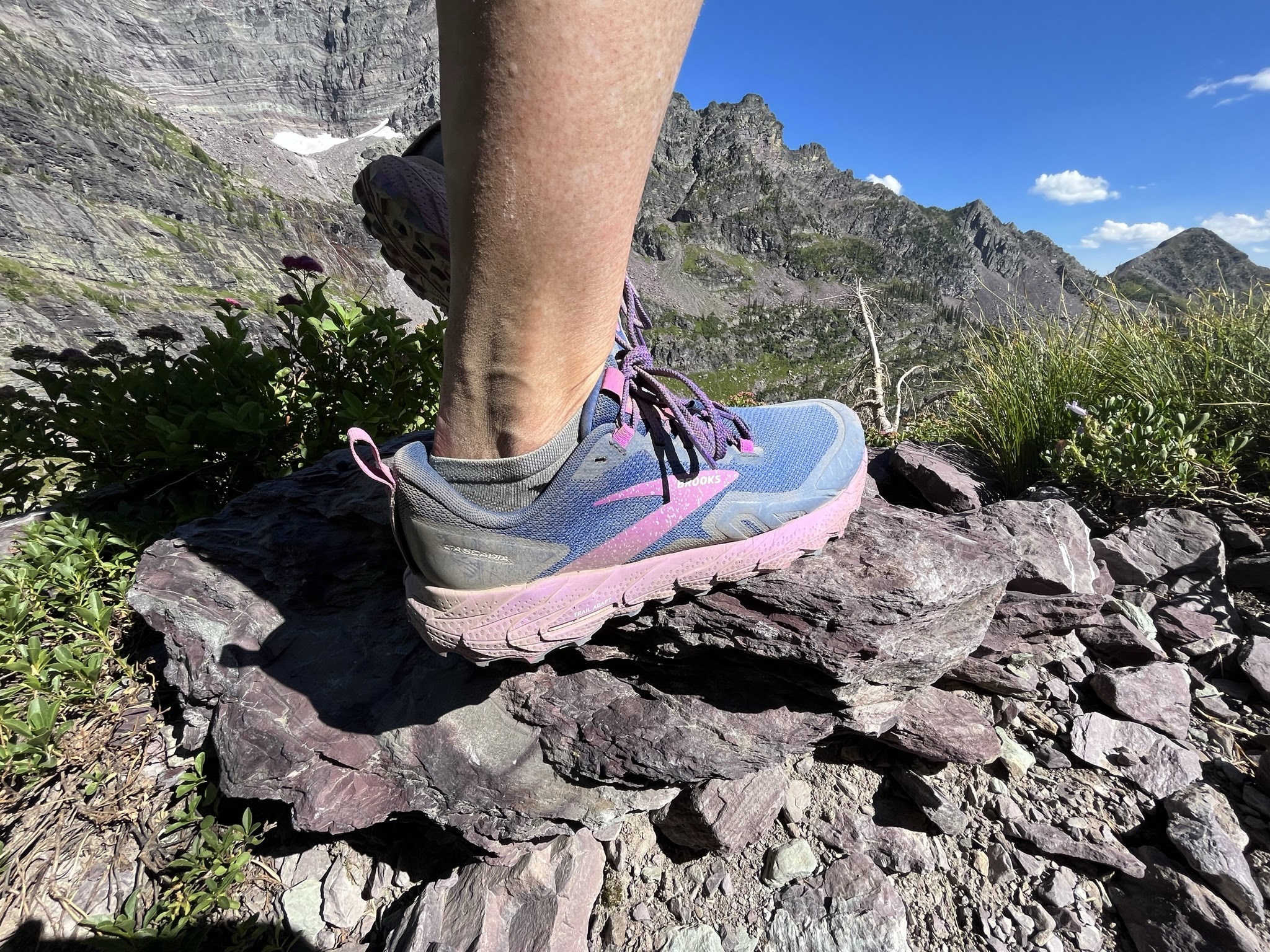Dont Make These 10 Trail Running Mistakes
Avoid common trail running mistakes to improve your performance and prevent injury. Learn how to optimize your trail running experience with these expert tips.
Trail running is a popular outdoor activity that offers a great way to explore nature while staying fit. However, many runners make mistakes that can hinder their progress and lead to potential injuries. By being mindful of these common errors, you can enhance your trail running experience and maximize your performance.
We will discuss ten mistakes that you should avoid while hitting the trails. Whether you are a beginner or a seasoned trail runner, these tips will help you stay on track and enjoy your time in the great outdoors.

Credit: www.facebook.com
1. Choosing The Wrong Shoes
Choosing the right shoes for trail running is crucial for preventing injuries and ensuring a comfortable experience. Making a mistake in this area can impact your performance and overall enjoyment of the activity.
1.1 Not Considering Terrain
When selecting your trail running shoes, it’s essential to consider the terrain you’ll be running on. Different terrains require different types of shoes to provide the right level of traction and support. For example, rocky trails may require shoes with rock plates, while muddy trails may necessitate shoes with more aggressive treads.
1.2 Wrong Size Or Fit
One common mistake is choosing trail running shoes that are the wrong size or fit. Ill-fitting shoes can cause blisters or discomfort, which can quickly turn a pleasant trail run into a painful experience. Be sure to properly measure your feet and try on different brands and sizes to ensure a secure and comfortable fit.

Credit: www.roadtrailrun.com
2. Ignoring Proper Hydration
2. Ignoring Proper Hydration
Hydration is crucial for trail runners in maintaining performance and preventing dehydration.
2.1. Not Carrying Enough Water
Trail runners often make the mistake of not carrying adequate water, leading to dehydration risks.
2.2. Failing To Drink Regularly
Regular hydration is essential during trail running to maintain optimal performance levels.
3. Overlooking Nutrition
In the realm of trail running, overlooking nutrition can seriously impact your performance and endurance. It’s easy to focus solely on training and gear, but nutrition plays a crucial role in your success on the trails.
Neglecting Pre-run Fuel
- Skipping meals before a run can deplete your energy levels quickly.
- Aim for a balanced meal 1-2 hours before hitting the trails.
Not Refueling During Long Runs
- During long runs, fueling at regular intervals is key to sustained energy.
- Carry easily digestible snacks like energy gels or bars for quick energy boosts.
4. Lack Of Trail Knowledge
4. Lack of Trail Knowledge
4.1. Not Researching The Trail
Before heading out for a trail run, it’s essential to conduct thorough research about the trail you plan to explore. Understanding the difficulty level, elevation gains, terrain conditions, and potential hazards will better prepare you for the adventure ahead. Take the time to study trail maps, read trail reviews, and gather insights from experienced trail runners to ensure a safe and enjoyable experience.
4.2. Ignoring Trail Signs And Markers
Ignoring trail signs and markers can lead to getting lost or venturing into hazardous areas. Pay close attention to trail markers, directional signs, and warnings along the route. These signs are crucial for navigation and safety, guiding you through the trail and alerting you to potential dangers. Always adhere to the guidance provided by the trail markers to stay on the right path and avoid unnecessary risks.
5. Skipping Recovery
5. Skipping Recovery
One common trail running mistake that many runners make is skipping the important phase of recovery. While pushing oneself to the limits is often seen as a sign of dedication and determination, neglecting to give your body the rest and care it needs can have serious consequences on your performance and overall well-being.
5.1. Not Incorporating Rest Days
Rest days are crucial for allowing your body to repair and rebuild after intense trail running sessions. It may be tempting to push yourself to run every day, especially when training for a race or trying to reach a specific goal, but this can lead to burnout and injury. Your muscles need time to recover and grow stronger, so make sure to schedule regular rest days into your training plan.
5.2. Neglecting Post-run Stretching
After a challenging trail run, it’s important to prioritize post-run stretching. Many runners underestimate the significance of this step, but stretching can help alleviate muscle tightness, prevent injury, and improve flexibility. By neglecting post-run stretching, you are missing out on the opportunity to enhance your overall performance and reduce the risk of long-term damage to your muscles and joints.

Credit: www.trailrunnermag.com
Frequently Asked Questions For Dont Make These 10 Trail Running Mistakes
What Are The Common Trail Running Mistakes?
Some common trail running mistakes include wearing improper shoes, not fueling properly, and ignoring trail conditions.
How Can I Choose The Right Trail Running Shoes?
To choose the right trail running shoes, consider factors such as terrain, cushioning level, and fit that provides stability and protection.
How Do I Prevent Injuries While Trail Running?
To prevent injuries while trail running, practice proper warm-up and cool-down exercises, listen to your body, and gradually build mileage and intensity.
Conclusion
By avoiding these common trail running mistakes, you can enhance your overall running experience and minimize the risk of injury. Paying attention to technique, gear, and hydration, and being mindful of trail etiquette, are essential for a successful and enjoyable run.
Keep these tips in mind to make the most of your trail running adventures!







